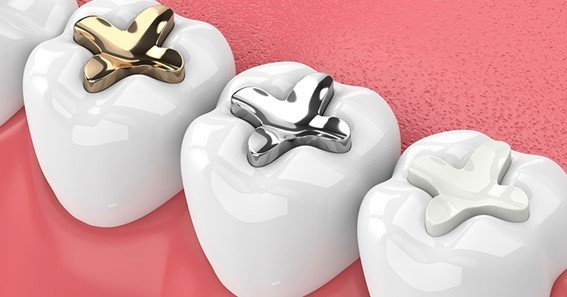Dental fillings are a common procedure to restore teeth damaged by decay, but how much is a filling with insurance? The cost varies depending on the type of filling, your insurance coverage, and any out-of-pocket expenses. This article will break down the average cost of a filling with insurance, explore types of fillings covered, and answer common questions about dental filling prices with insurance.
How Much is a Filling with Insurance?
How much is a filling with insurance can vary based on the materials used and your insurance plan. On average, most insurance plans cover a significant portion of the cost, especially for basic fillings. For example, a composite filling may cost between $90 to $150 after insurance, while an amalgam filling could range from $50 to $100. It’s essential to check with your provider for the specific cost of tooth filling with insurance under your plan.
Average Cost of a Filling with Insurance
The average cost of a filling with insurance largely depends on the material used in the filling. Here’s a quick overview:
- Amalgam (Silver) Fillings: Typically the most affordable, costing around $50 to $100 with insurance.
- Composite (Tooth-Colored) Fillings: Slightly more expensive due to their aesthetic appeal, averaging $90 to $150 after insurance coverage.
- Gold or Porcelain Fillings: Generally not fully covered by insurance and can cost $250 or more even with insurance.
These costs reflect dental procedure costs with insurance and may vary based on your location, the specific filling, and the dentist’s pricing.
Dental Insurance Coverage for Fillings
Most dental insurance coverage for fillings includes basic restorative procedures like amalgam and composite fillings. Many insurance plans cover about 50-80% of the cost of these fillings, especially for cavities detected early. Some plans also provide a limit on dental filling prices with insurance, so it’s important to verify what’s covered in your policy.
Types of Fillings Covered by Insurance
Insurance often covers basic filling materials like amalgam and composite, though certain types of fillings covered by insurance may have limitations. For example:
- Amalgam Fillings: Typically covered at a higher percentage due to their durability and lower cost.
- Composite Fillings: Usually covered, though some plans may only cover the equivalent cost of an amalgam filling.
- Gold and Porcelain Fillings: Often not fully covered, with higher out-of-pocket costs.
Understanding insurance plans for dental fillings can help you anticipate what you’ll need to pay and whether certain fillings will require more out-of-pocket expenses.
Out-of-Pocket Costs for Fillings with Insurance
The out-of-pocket cost for fillings with insurance depends on your deductible, coinsurance, and the type of filling. If your insurance covers 80% of the filling cost, you’ll only pay the remaining 20%. For example, if a composite filling costs $120 and your insurance covers 80%, your out-of-pocket cost would be around $24. Knowing these costs in advance can help you plan for any additional expenses.
FAQ
1. How much is a filling with insurance on average?
On average, a filling with insurance can cost between $50 to $150, depending on the filling material and insurance coverage.
2. Does dental insurance cover all types of fillings?
Most insurance covers basic fillings like amalgam and composite. However, gold or porcelain fillings may not be fully covered.
3. What is the out-of-pocket cost for a filling with insurance?
The out-of-pocket cost depends on your insurance coverage. Many plans cover 50-80%, so you may only pay a small percentage of the total.
4. Are composite fillings more expensive with insurance than amalgam?
Yes, composite fillings are generally more costly than amalgam, but insurance often covers a portion of this difference.
5. Can I use my insurance for multiple fillings?
Yes, most plans allow coverage for multiple fillings, but it’s important to check if your plan has an annual limit.
Conclusion
Understanding how much is a filling with insurance helps you plan for this common dental procedure. By knowing the average cost of a filling with insurance, types of fillings covered, and potential out-of-pocket expenses, you can make informed decisions about your dental health. Always check with your insurance provider for detailed information about dental insurance coverage for fillings and specific costs to ensure you’re fully prepared for your next dental visit.










